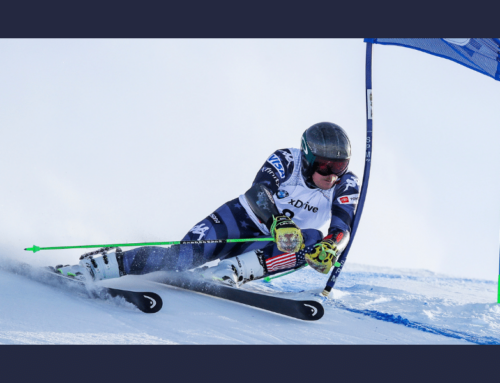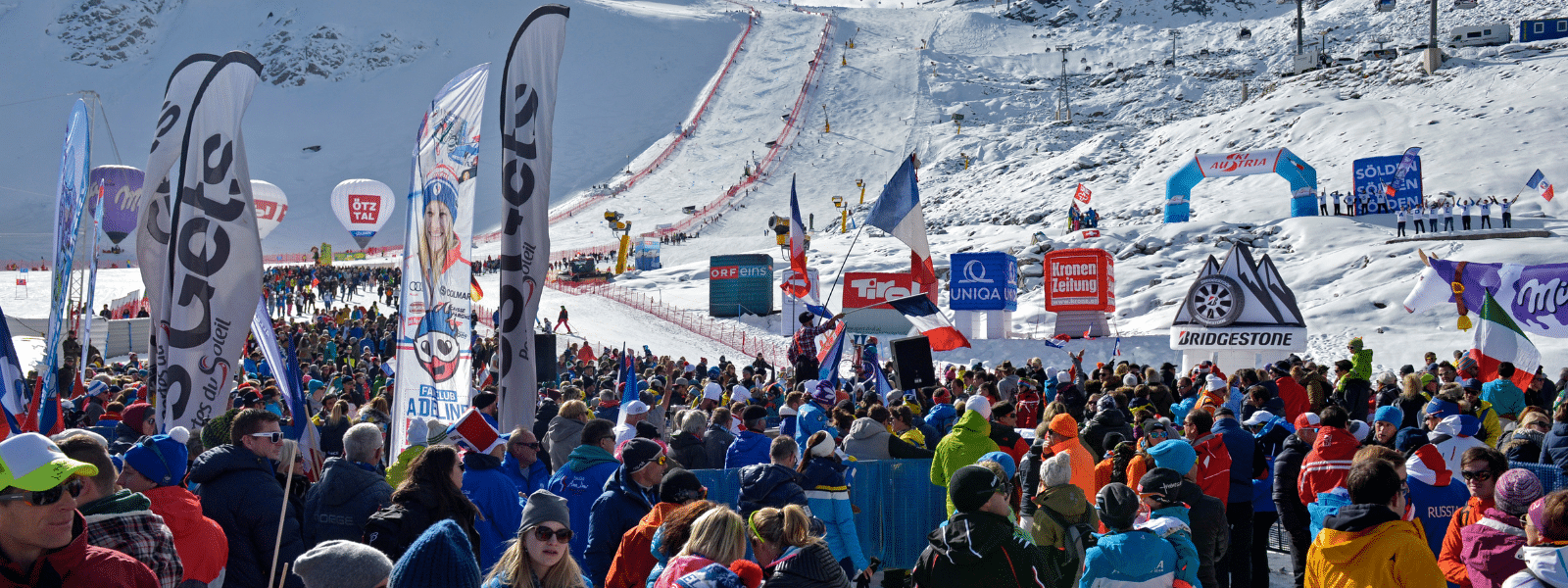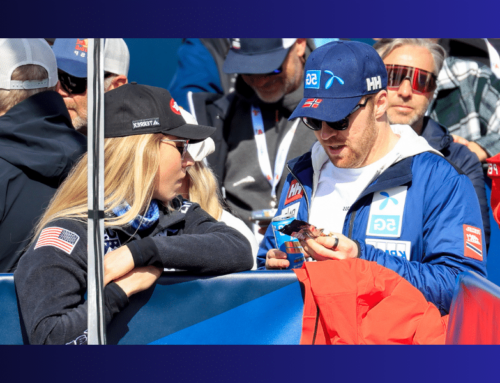NCAA to add dual slalom in 2022
For the first time in history, NCAA alpine ski racing will introduce dual racing for the upcoming season. In the fall, the Rocky Mountain Intercollegiate Ski Association (RMISA) announced its schedule for 2022, which culminates with the conference championship that will include dual slalom. Five regular-season meets will be held before regional championships Feb. 23-26 in Steamboat Springs, Colo. Prior to NCAA Championships, hosted by the University of Utah, RMISA collegiate skiers will participate in a dual slalom race, which — for this year — will not be counted in the final standings.
Andy LeRoy, newly appointed head ski coach at the University of Colorado and previous head coach for University of Denver, is leading the charge. He hopes that by adding dual races to the collegiate circuit every year and safely scoring the event, he will be able to introduce duals to the NCAA championships in 2024, which CU will host in Steamboat. LeRoy will be the first to host duals this year in Steamboat on Feb. 26 as an exhibition round. LeRoy plans to use the opportunity to learn how to score the race while not having the event count toward any official results. His goal is to progress duals to become an official part of college skiing.
LeRoy credits Richard Rokos, former CU coach, as a large supporter of duals who helped move the idea into action for the season. Gaining adaptation from his eastern counterparts has proven a challenge but with warranted acceptance. When the idea was first proposed, the event was still considered dangerous and many were apprehensive to get on board.

“I know when we first started to talk about having a dual, it was not very well received, mostly because it was a little bit dangerous,” said LeRoy. “When dual first came out people were cross blocking over the top of gates, it wasn’t so safe. I think there is a happy medium that has become safe and fundamental, and the best skiers can win again and again. Hopefully we can score it accordingly.”
Watching the World Cup, NorAms, and junior races — as well as the World Pro Ski Tour (WPST) where many college racers competed in Aspen last weekend — NCAA has the advantage of being a late adopter to the sport of duals and therefore can take segments of what they learn of other successful races and incorporate into their own scoring event. Looking onto the success of the World Pro Ski Tour, LeRoy saw an opportunity for collegiate athletes to progress and develop into another professional event.
LeRoy expects a similar outline as the WPST by qualifying the fastest 32 skiers and performing knockout rounds down to the championship race.
As far as accounting for DNFs or DQs, LeRoy (when we spoke with him) was still toying with the exact way to score those who don’t finish two complete runs. Looking at his nordic counterparts, who are successfully scoring sprint skiing, LeRoy expects alpine college ski racing to also add a third scored event to their calendar.
“I’m hopeful that we are doing it right this year,” said LeRoy. “We are going to web cast it this year, and then we will start making skiing sexy and interesting.”
Under the new NCAA rules, especially, there may be opportunities for teams and individuals to drive a bit of revenue as well.
“Teams won’t just be hoping the administrators give them money,” he said. “They can become a revenue-generating sport versus what we have always had, just hoping to stay alive.”
















